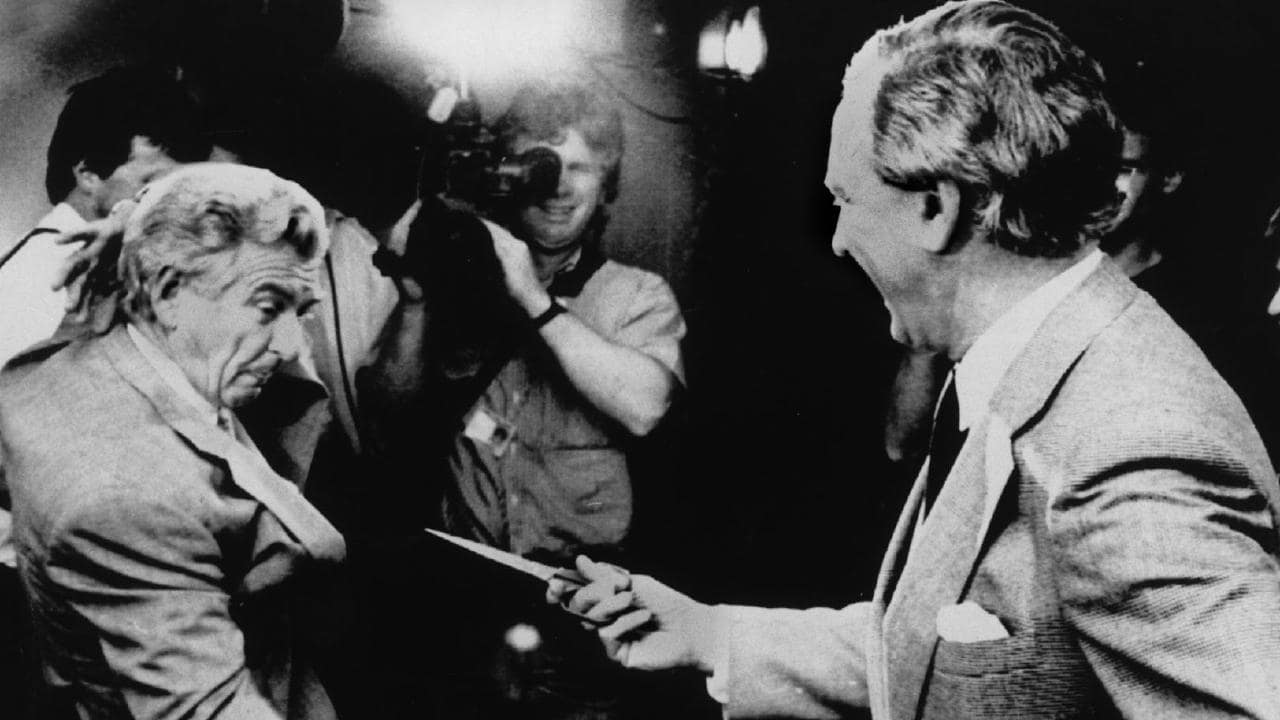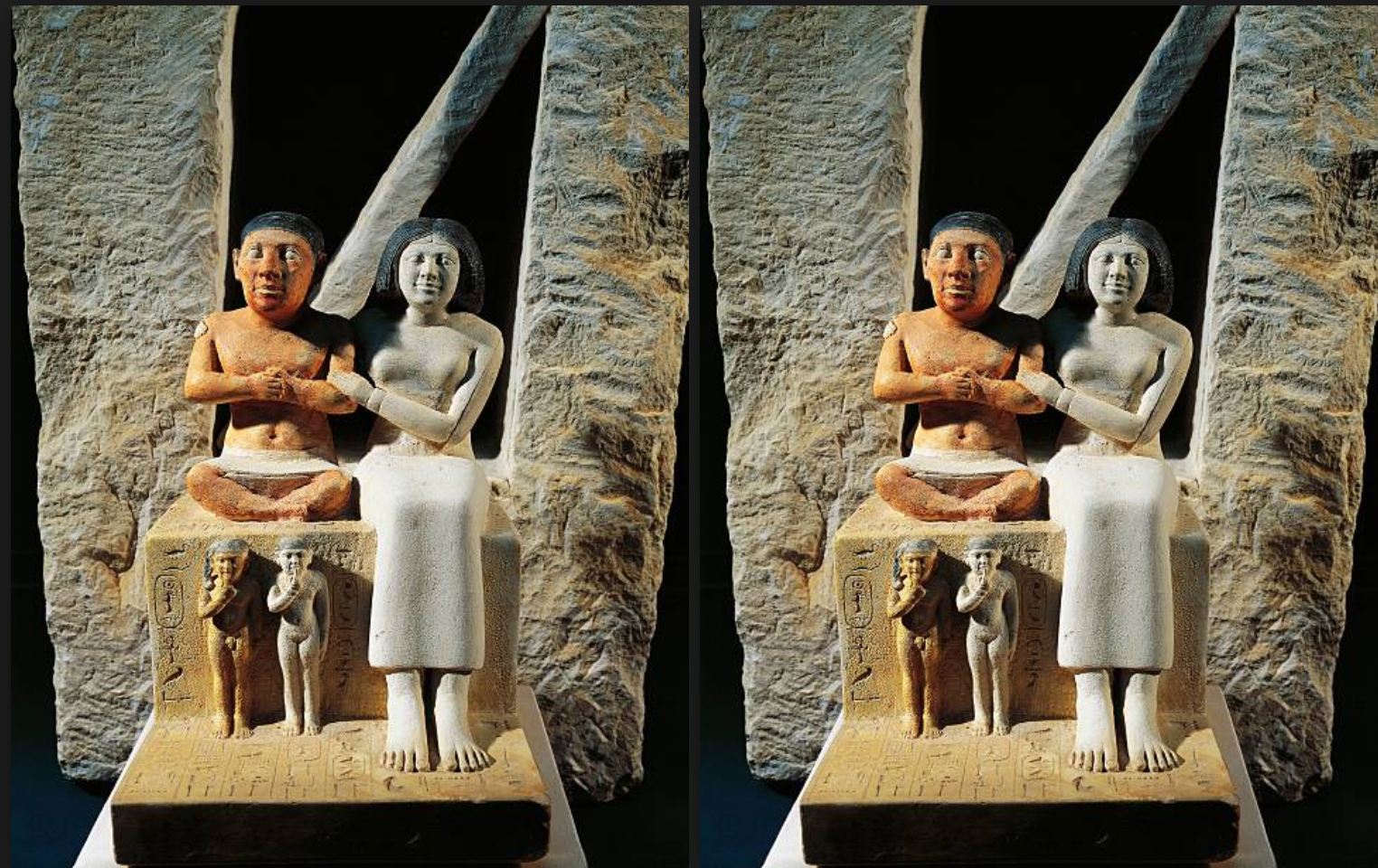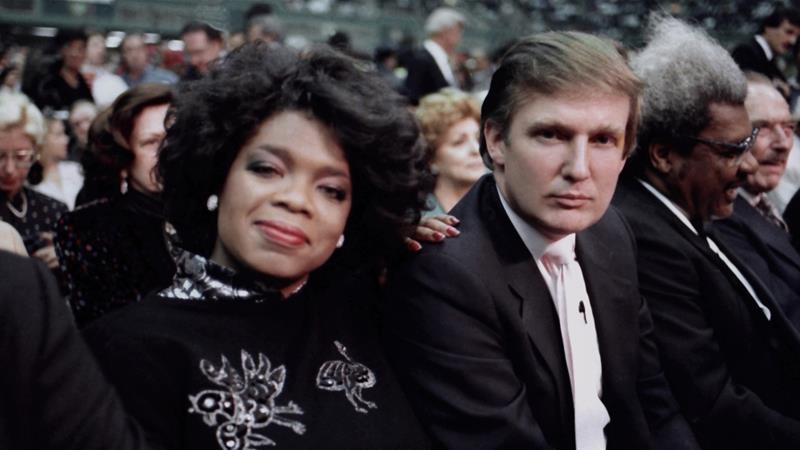Promoting one of his films in 2010 Woody Allen said to a journalist, ‘You start to think when you’re younger how important everything is. And how things have to go right. Your job, your career, your life, your choices and all of that. And then after a while you start to realise that eventually you die and eventually the sun burns out and the earth is gone and eventually all the stars and all the planets and the entire universe goes, disappears. And nothing is left at all, nothing of Shakespeare or Beethoven, Michelangelo gone. It is a lot of noise and sound and fury, and where’s it going? Not going any place. Now you can’t actually live your life like that. Because if you do you just sit there. So I think it’s the job of the artist to try and figure out why, given this terrible fact, why you want to go on living. Knowing that it’s true, not giving yourself a fake heaven and hell and nonsense. But knowing the worst why it’s still worthwhile. That’s a tough assignment explaining to someone why it’s terrible and why it’s still important to go on. And this is a challenge for artists all the time.’
In the 2003 documentary The Mindscape of Alan Moore addressing the camera Moore says, ‘Writers and people who had command of words were respected and feared as people who manipulated magic. In latter times I think that artists and writers have allowed themselves to be sold down the river. They have accepted the prevailing belief that art, that writing are merely forms of entertainment. They’re not seen as transformative forces that can change a human being, that can change society. There’s some confusion as to what magic actually is. I think this can be cleared up. If you just look at the very earliest descriptions of magic. Magic in it’s earliest forms is often referred to as “the art”. I believe that this is completely literal. I believe that magic is art and that art, whether that’d be writing, music, sculpture or any other for is literally magic. Art is, like magic, the science of manipulating symbols, words, or images to achieve changes in consciousness. The very language of magic seems to be talking as much about writing or art as it is about supernatural events. A grimmoir for example, the book of spells, is simply a fancy way of saying grammar. Indeed, to cast a spell is simply to spell, to manipulate words, to change people’s consciousness. And I believe this is why an artist or writer is the closest thing in the contemporary world that you are likely to see to a shaman.’
The most contemporary type magic is be Chaos Magic. People write their desires down one paper, then through various systems they aesthetically transform these sentences to look more like how you’d imagine magical symbols to look. What they’re left with are sigils. If these sigils are then ‘charged’ in the correct way they will manifest in reality. Chaos Magic is real in the minds of some people, which may, strangely, by it’s own definition, be enough.
Trend forecasting group K-Hole wrote in their their 2015 publication A Report on Doubt. ‘On a bargain basement level Chaos Magic lives in the same realm as the cult of positive thinking. But it goes beyond making mood boards of high-end luxury apartments you’d like to will into your possession. Belief becomes a technology that creates change. Chaos Magic isn’t a tool for changing others - it’s a tool for changing yourself. Chaos Magic is what happens after will. It’s the antidote to the try hard problems that come with overthinking everything. If you really want to change you have to go deeper. It’s radical DIY that uses reality as the only necessary operating system. Like branding, Chaos Magic is mostly concerned with inception. But where branding is about implanting ideas in the brains of an audience, Chaos Magic is about implanting ideas into your own.’
Another time in 2013 on BBC Radio 4 Woody Allen said, ‘Magic fascinates me. If I’m tuning through the television channels in search of something and I happen to hit a magician by accident, no matter how bad the magician is, I always stop and I’m riveted for however long he’s on, whether it for two minutes or another hour. I just love to watch magic and always did. And I’ve always felt the solution to the deepest problems the the human spirit has can only come from magic. That no amount of government, no amount of psycho analysis, no amount of social interaction, no intensity of love relationship, there’s nothing in the world that can really save us from the cruel fate of existence except some kind of act of magic. Short of that we’re really doomed to what you down deep know life is, quite an arduous and painful experience. So I would hope that there is some kind of magic somewhere that we’re not aware of that in some way does intervene at some station in the human experience. But, you know, being scientific I’m very doubtful.’































